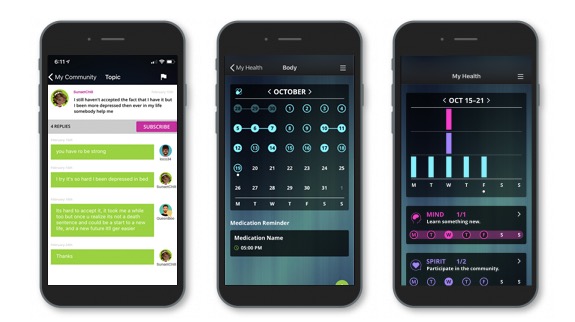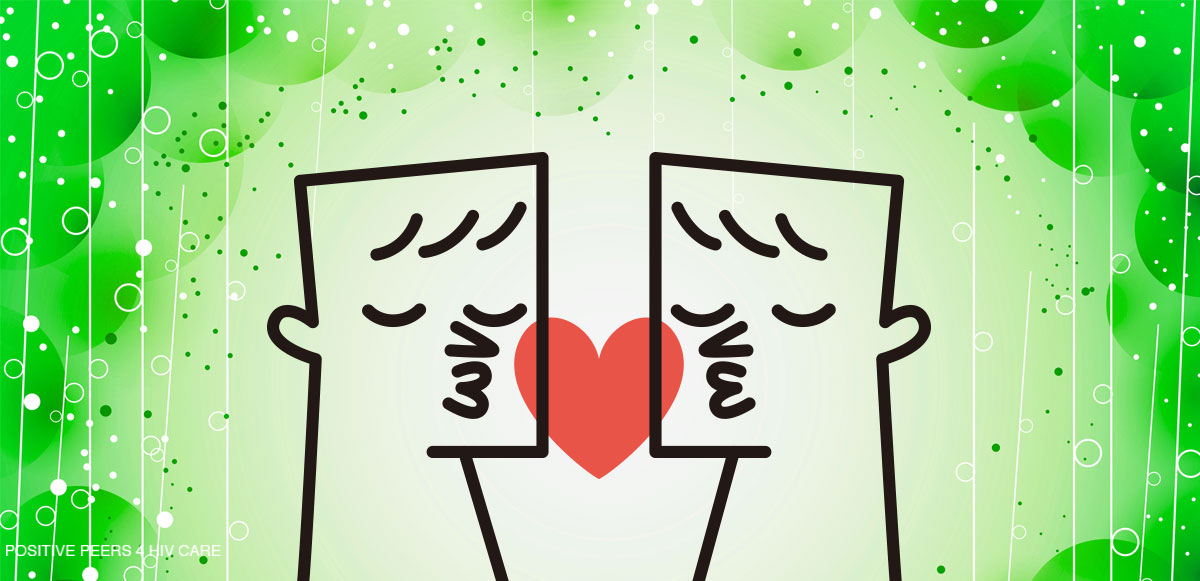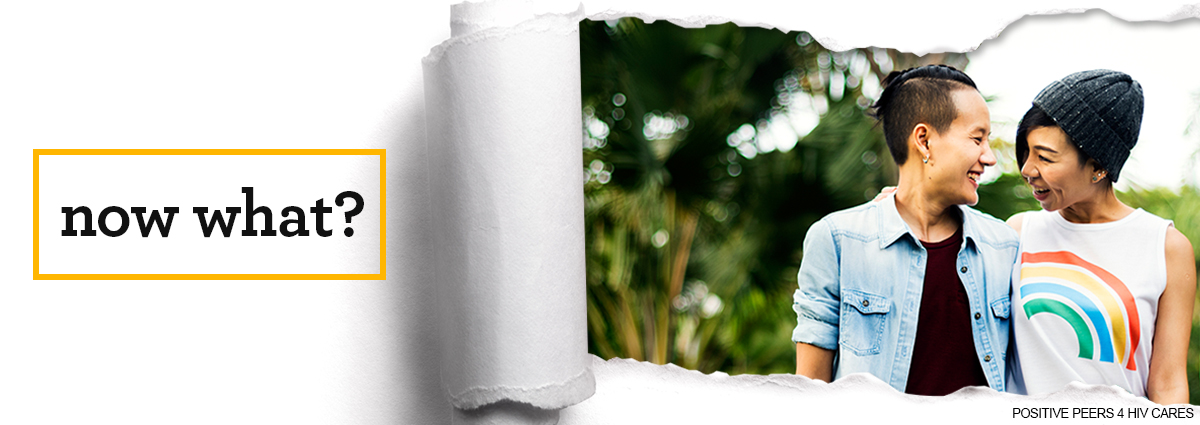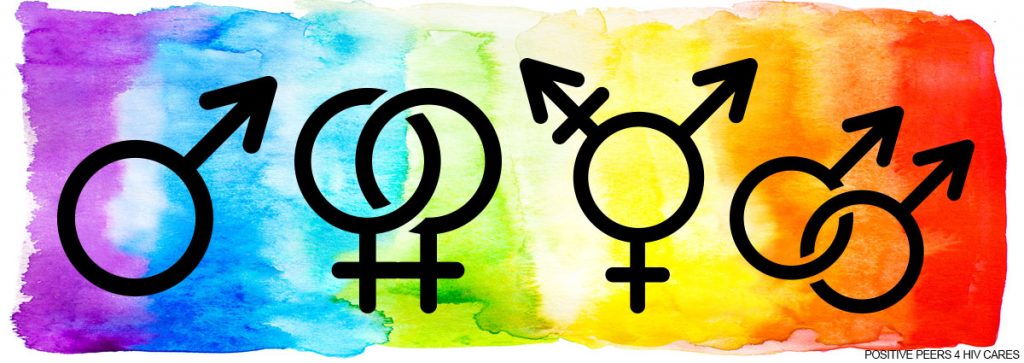
By: Ann K. Avery, MD, Infectious Disease Physician at MetroHealth Medical Center
Ever wonder what the difference is between someone’s sex, gender, and sexual orientation?
The answer to this question can seem complicated at first, but with some time and effort, it’s actually pretty simple.
Let’s take a closer look together.
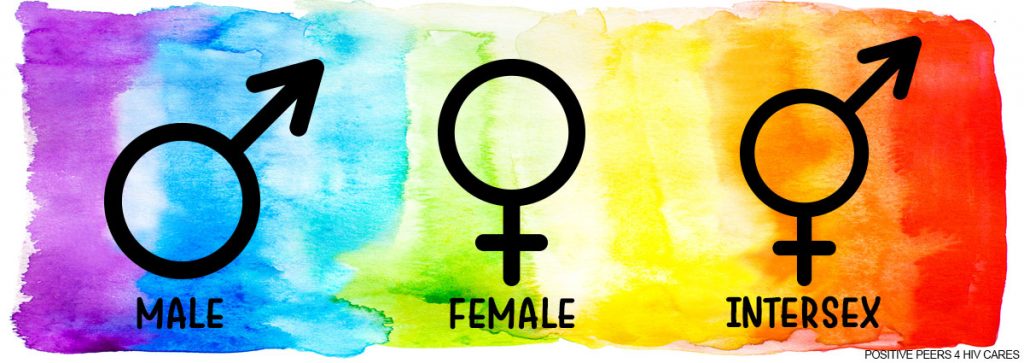
Part 1: Sex assigned at birth
What do we mean by sex? Sex is about joining your parts with your partner’s parts for fun, pleasure, entertainment, and even — if you’re totally old-fashioned — making babies, right?
Yes, but in this case, that’s not the definition of sex we mean here. 😉
In this case, we are talking about sex as the biological label people are given based on the parts they’re born with. This is known as someone’s sex assigned at birth.
- Male — If your sex assigned at birth is male, then you were born with a penis and testicles.
- Female — If your sex assigned at birth is female, then you were born with a vagina, uterus, ovaries, and breasts, etc.
- Intersex – When a person is born with a reproductive or sexual anatomy that doesn't seem to fit the typical definitions of female or male.
Now, if you’re born with a dick, you’ll grow up to be a man, or if you’re born with a vagina, you’ll grow up to be a woman, right?
Not exactly. That’s a function of gender.
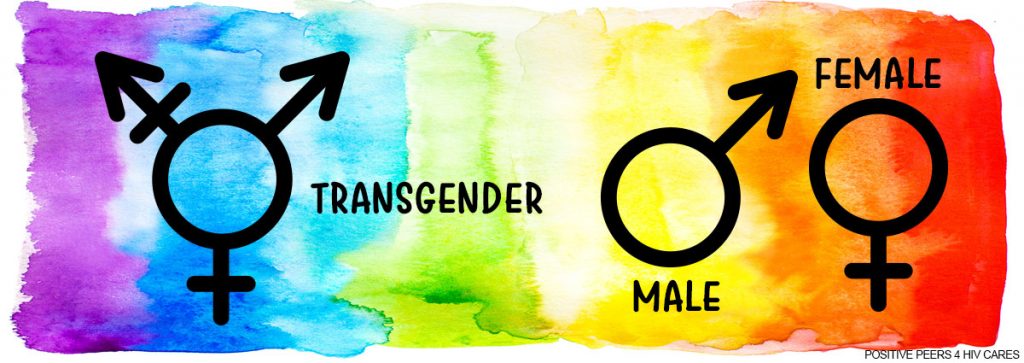
Part 2: Gender
Here are two simple ways to look at and understand gender thanks to our friends over at the Human Rights Campaign: gender identity and gender expression.
Gender identity: An individual’s most heartfelt understanding of themselves and what they call themselves. One's gender identity can be the same (cisgender) or different (transgender/gender queer) from their sex assigned at birth.
- Cisgender: A person whose gender identity matches their sex assigned at birth. For example, a person born with a penis that identifies as a man.
- Transgender: A person whose gender identity doesn’t match their sex assigned at birth. For example, a transwoman is someone who was born with a penis but who identifies as a woman.
Gender expression: The outward appearance of one's gender identity, usually expressed through their behavior, clothing, haircut or voice, may or may not conform to socially defined behaviors and characteristics typically associated with being either masculine or feminine. Contrary to popular belief, gender isn’t binary — there are more than 2 options!
Sometimes, society’s assumptions and expectations about gender can feel like a prison, especially those whose gender differs with society’s understanding of what’s “normal.” This can have horrible consequences for people’s health and wellbeing. For many reasons, people might (or might not!) choose to undergo gender transitioning.
Gender transitioning is when someone takes actions to align their gender identity with their outward appearance. There are several ways people might do this, such as dressing differently and using names and pronouns that match their gender identity. Others undergo physical transitions in which they modify their bodies through medical interventions.
Concerned you might misgender someone? One terrific way to respect and be supportive of someone’s gender identity is to introduce yourself and your pronouns before asking them their name and what pronouns they use. Such a simple thing can mean the world to someone. 🙂 Here’s an example from Positive Peers’ Research Coordinator, Josh: “Hi, I’m Josh, and my pronouns are he, him, and his.” Some people like to use gender-neutral pronouns like they, their, and them.
Come join our private, stigma-free, supportive community.
Health management tools with medication & appointment reminders.
Social networking in a community conversation & private chats.
Part 3: Sexual orientation
While gender is about who you are as a person, sexual orientation is all about the people you’re romantically, sexually, and emotionally attracted to.
There are a bunch of identities associated with sexual orientation:
- Straight or heterosexual: People who’re attracted to a different gender (for example, someone who identifies as a woman and is attracted to men)
- Gay/lesbian: People who are attracted to people of the same gender identity.
- Bisexual: People who are attracted to both men and women
- Pansexual: People whose attractions span across many different gender identities (male, female, transgender, genderqueer, intersex, etc.)
- Asexual: People who don't feel sexually attracted to anyone, but might emotionally be attracted to people.
One common misunderstanding is that all trans people identify as gay — but that is not always the case. Because sexuality is separate from gender, transmen and transwomen can be straight, gay, lesbian, bi, or whatever identity suits them best.
Another myth is that men who have sex with men must be gay or bisexual. That’s just not true and here’s why: Men having sex with men is a behavior, not an identity.
Remember, sexual orientation is about more than who you have sex with; it’s about being emotionally, romantically, and sexually attracted to someone. For instance, some guys might not care about the gender identity of someone who goes down on them, but when it comes to who they are capable of being emotionally and romantically in love with, it’s only women.
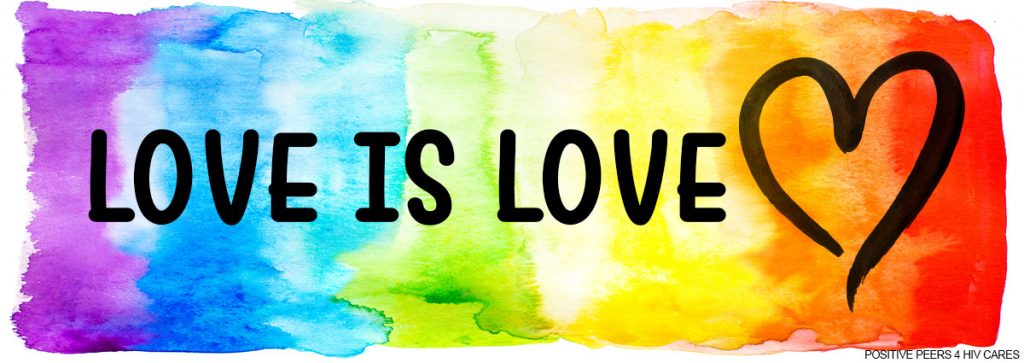
What this all means for you
No matter what your gender identity, how you express it, or who you love, remember that you’re beautiful and there is nothing wrong with you.
We realize that living one’s gender identity and orientation openly can sometimes be a challenge. Some people think your identity at birth is all that matters — but they aren’t the ones occupying your body, thinking with your brain, and acting with your heart.
If you need a little support and inspiration, check out the Coolest Queers on the Internet.
It all comes down to you being true to yourself. That’s all anybody has a right to expect of you.
Related Blogs:
